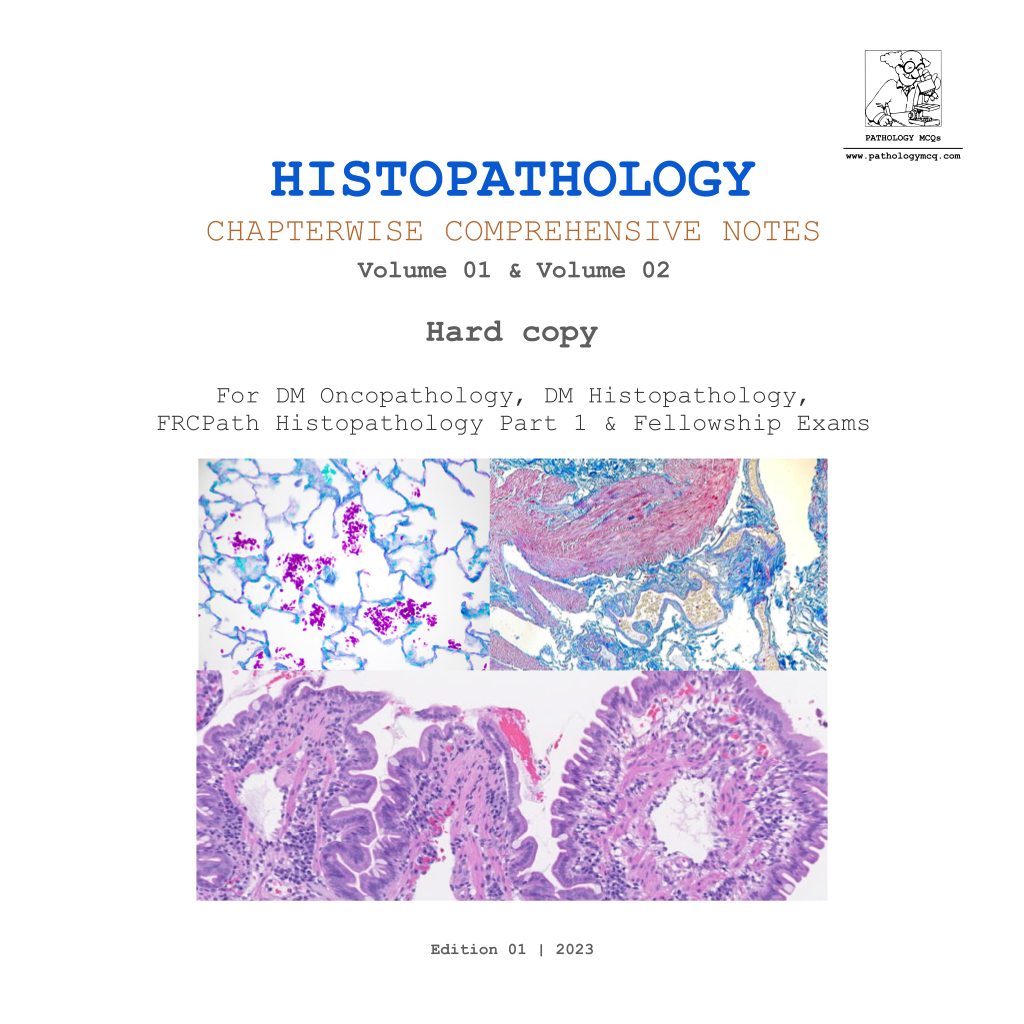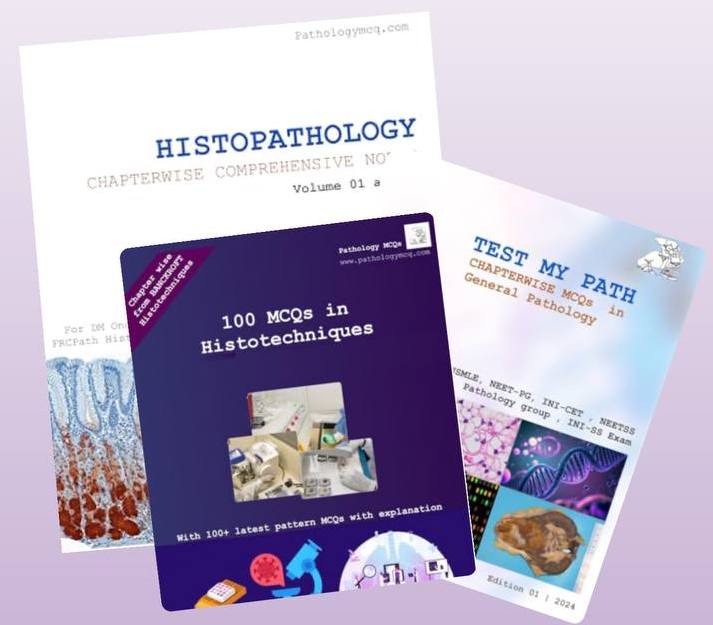Your cart is currently empty!
Unraveling Serrated Polyps of the Intestine: A Comprehensive Guide
Published by
on
Serrated polyps of the intestine represent a diverse group of lesions that have gained increasing recognition in recent years due to their association with colorectal cancer. These polyps are characterized by specific histopathologic features and pose challenges in both diagnosis and management. In this blog post, we will delve into the various aspects of serrated polyps, including their site of involvement, clinical and endoscopic findings, and histopathologic features.
Understanding Serrated Polyps:
Serrated polyps are named for the saw-toothed appearance of the glands when viewed under a microscope. They are categorized into several subtypes based on histopathologic features, including
- Traditional serrated adenomas (TSAs)
- Sessile serrated lesions (SSLs)
- Hyperplastic polyps (HPs). While HPs were once considered benign and insignificant, it is now recognized that certain subtypes, particularly SSLs, have the potential for malignant transformation.
Site of Involvement:
Serrated polyps can arise throughout the entire colorectum, with varying predilections for different regions. SSLs, in particular, are commonly found in the proximal colon, including the cecum and ascending colon. TSAs may occur in any part of the colon but are more frequently encountered in the distal colon and rectum.
Clinical and Endoscopic Findings:
The clinical presentation of patients with serrated polyps may vary depending on factors such as size, location, and the presence of dysplasia. Many serrated polyps are asymptomatic and are incidentally discovered during screening colonoscopies. However, larger polyps or those with dysplastic changes may present with symptoms such as rectal bleeding, changes in bowel habits, or abdominal pain.
Endoscopically, serrated polyps may exhibit characteristic features that aid in their identification. SSLs often have subtle morphologic characteristics, such as indistinct borders, mucus cap, and a “star-like” or “cloud-like” appearance. In contrast, TSAs may display more prominent features, including a nodular surface, “boot-shaped” configuration, and a central depression resembling a “crater.” (sometimes resembling a pine-cone)
Histopathologic Features:
Histopathologically, serrated polyps can be distinguished based on several features, including glandular architecture, cytologic characteristics, and the presence of dysplasia. Here’s a comparison of the key histopathologic features of HPs, SSLs, and TSAs:
| Feature | Hyperplastic Polyps (HPs) | Sessile Serrated Lesions (SSLs) | Traditional Serrated Adenomas (TSAs) |
|---|---|---|---|
| Glandular Architecture | Lined by tall, serrated epithelium without dysplasia | Architectural distortion, with dilated crypts, and “L” or “boot-shaped” glands | Prominent serrations, ectopic crypt formation, and horizontally branching glands |
| Cytology | Uniform, basally located nuclei with abundant goblet cells | Dysplastic cytologic features, including elongated, pencillate nuclei and increased mitotic activity | Varied cytologic features, including columnar and goblet cells, with occasional dysplasia |
| Dysplasia | Absent | Present in a subset of lesions | Present, often with low-grade dysplasia |
Conclusion:
Serrated polyps of the intestine represent a heterogeneous group of lesions with diverse histopathologic features and clinical implications. While some serrated polyps, such as HPs, are generally considered benign, others, particularly SSLs and TSAs, have the potential for malignant transformation.
SUMMARY OF SERRATED POLYPS
TRY TO ANSWER THE QUESTION
CORRECT ANSWER IS : Sessile serrated lesion
Diagnostic clues include
1️⃣Serrations which extend till the base of the crypt
2️⃣Dilated inverted T shaped or boot shaped glands
3️⃣Crypt branching
Join our approach based course for useful tips, pitfalls, notes, reporting templates
and worksheets- find details below.
OUR COURSES/E-BOOKS

Courses:
Learn more >

Learn more >

E-Books in amazon kindle:
Learn more >
Leave a Reply